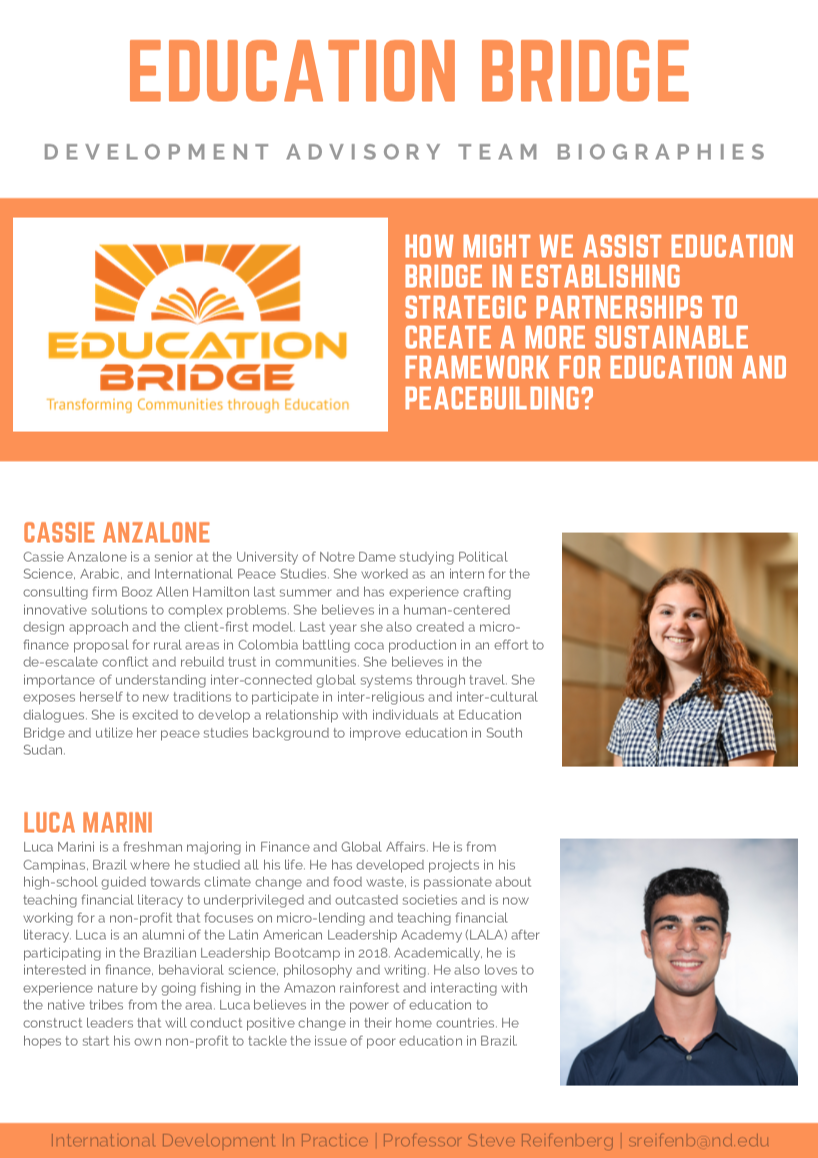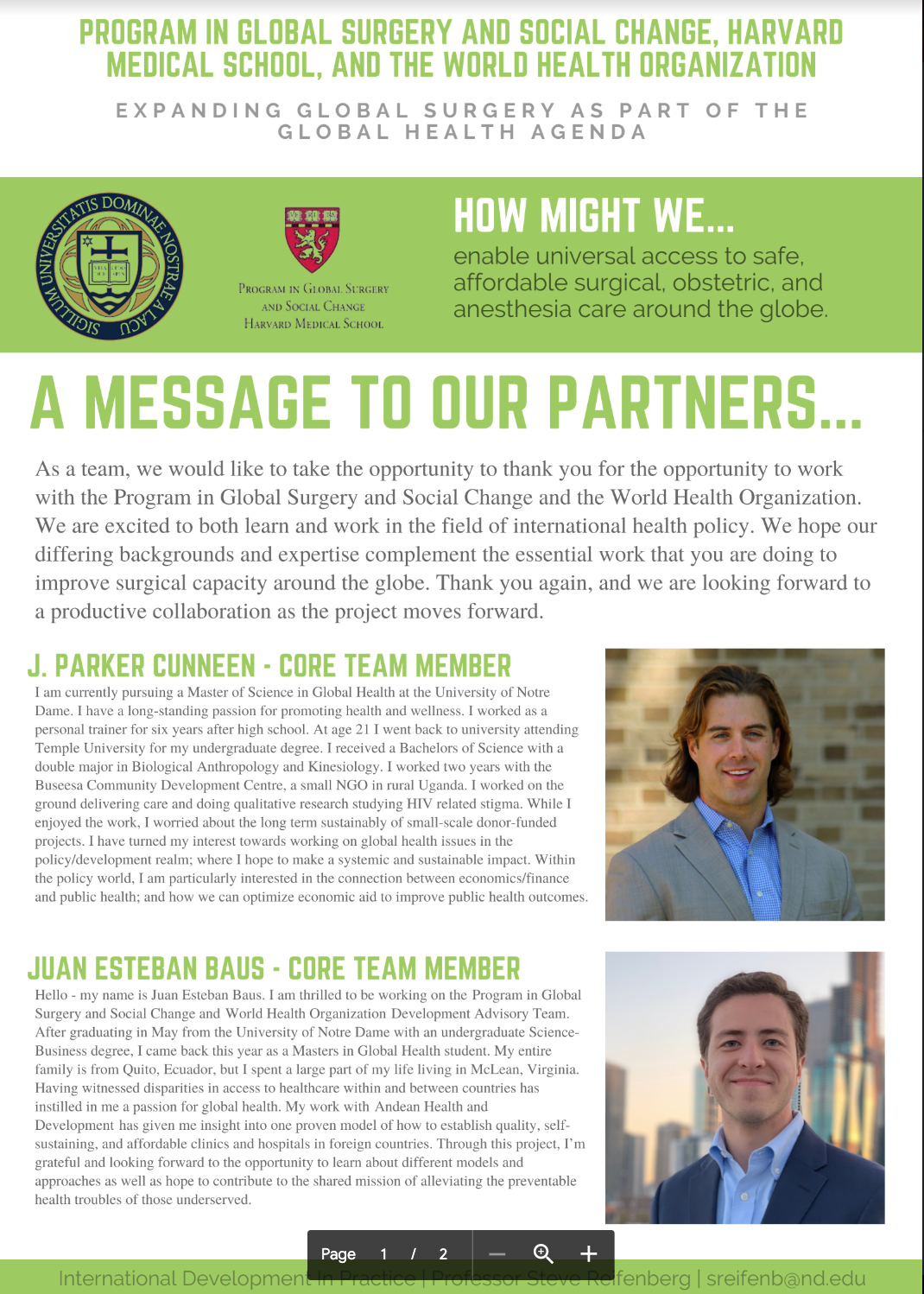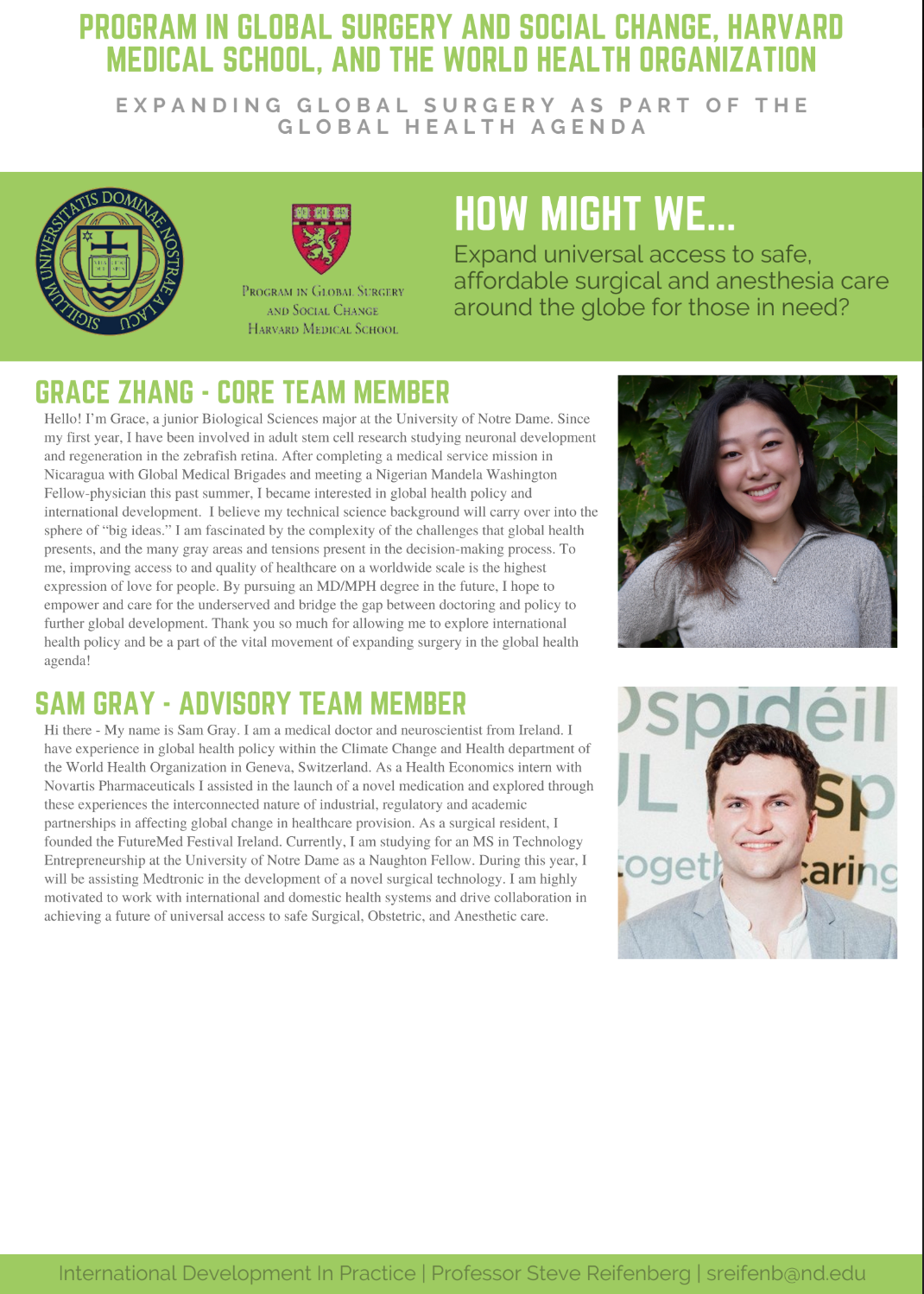Project Background:
The Rusalia Resource Foundation (RRF) is a new non-profit legal entity operating in Kisumu, Kenya with a parallel non-profit organization located in South Bend, Indiana. Founded by Dr. Juliana Otieno, a Kenyan Pediatrician who was in the 2019-2020 Inspired Leadership Program at Notre Dame, RRF works to empower West Kenyan girls by providing full high school tuition scholarships and mentorship opportunities, with a special focus on life skills education. As a result of Foundation provided guidance and study, Rusalia Scholars are hoped to be “college-ready” and learn the value of education, personal strength, independence, and service to the community.
The purposes of RRF are: 1) To provide opportunity and create an enabling environment for qualified girls to become self-actualized adults by providing access to an integrated support system including education, growth opportunities, values and mentorship that would otherwise not be available due to the circumstances of their families; 2) To provide scholarships that will fund the expenses of girls that are academically eligible to attend high school and improve the transition to higher learning institutions such as community, national colleges and universities; and, 3) To enrich the academic experience of Rusalia scholars through mentoring and training from professionals and others with special expertise, such as health advocacy, particularly in preventive medicine protocols, and environmental management. The girl child in the target area in Kisumu, Kenya is at risk given the poor living conditions in most rural homes and the hostile environment. Educational opportunities are not the same for girls and boys. This comes from the cultural preference of taking boys to school as opposed to girls, with a combination of factors such as poverty, diseases, sexual and labor exploitation putting girls, particularly at risk. This has led to a high school dropout (50%) rate and teenage pregnancies. The role of mentoring of the girls is crucial.
Opportunity:
The importance of mentoring the young (or less experienced) by an older (senior), more experienced or knowledgeable person is well known and appreciated as it fosters learning, communication, and personal development opportunities. This mentoring process will enhance confidence, life skills, and build self-esteem. The question we want this DAT to explore is how might we provide effective mentorship opportunities to high school girls in low socioeconomic areas to achieve 80% or higher high school completion rates and be the change agents for their community? Virtual and face to face mentoring may be applicable. We also want to explore the roles of peer mentoring, task-focused versus relationship-based mentoring, and short vs long term mentoring.
Definition of Success:
We look forward to inspiring and concrete examples of the best programs globally for providing expanded mentoring and development opportunities for girls that might inform the new programs for girls that we are developing. We hope to take specific lessons from these international experiences and build them into our own programming, including for helping set expectations for both the girls and mentors.
Meet the Team:
Final Deliverable













































